Sensory play is one of the most essential part of a child’s day and is something that is integrated into every experience. Whether at school, at home, or in any other environment, children are soaking up the world around them through their senses. A very young child, under the age of three, is simply gathering sensorial information in everything he or she experiences and storing this information in his subconscious. At this age, it is lovely to provide children simple yet enriching sensory activities, in which all of the senses are explored.
It is quite possible and almost unavoidable to have a day full of sensory activities as a toddler. For example, while enjoying a lovely picnic outside with his class, a toddler can engage in many wonderful sensorial experiences simultaneously. While toddling barefoot through the blades of grass in the sunny breeze in the play yard, he is engaging his tactile sense. He hears various nature sounds and the sweet voices of his friends and caretakers, which allows for meaningful early auditory sensory. He is then Introduced to various foods with different tastes and flavors, which heighten the gustatory sense in the most delightful way. He brings with him a basket of play items, full of shapes and colors, which expose his visual sense to color, dimension, size, and shape. He then picks some flowers from the garden with his friends to decorate their picnic blanket, and he smells the fragrance they have, which provides a wonderful olfactory sensory awareness. From this one picnic, the young toddler was able to take in his environment through all of his senses, which will be stored in his mind forever, thus creating fond and pleasant connections to the world around him. Sensory experiences forever imprint on our long term memory and shape the way we view the world. Therefore, it is especially meaningful to perpetually engage the senses of a young child in a variety of positive and wondrous ways.
Once a child develops more intellectually, around three years of age, he begins to think more critically of the sensorial experiences around him, meaning he is now an active participant of the learning aspect of sensory work. He can now retrieve the sensory information he has been collecting in his subconscious mind and begin to classify and categorize his environment. He will begin to realize all the colors in the rainbow and will start to match colors among items from the environment. He now notices the blocks that are similar and different in shape and size and will desire to build with them. He also actively seeks things to touch and feel that have various textures and consistencies and will be thrilled with the opportunity to get his hands in a planter box of fresh soil just to squish and pat it! The preschool student learns first hand through experience what it means to be dry, rough, slippery, sticky, thick, runny, bright, cool, crisp, light, etc. Therefore, sensory experiences, along with emotional and intellectual experiences, is what makes meaning for a child.
As the child grows in intellect, his sensory becomes integrated into his learning in more advanced ways. He begins to refine his senses, which aids in learning and promotes overall well-being and intellect. The more opportunities he has to refine his senses, the more concentrated, decisive, detail oriented, and logical his mind becomes. For example, for the first four years of his life, he listened to music and enjoyed it and now at age four, he is able to begin understanding rhythm, pitch, and tone, and he can begin reading notes and playing instruments!
There is an abundant amount of opportunity in the natural environment to foster meaningful sensory activity. Invite your children to taste the sweet produce growing in the garden, as well as the tart citrus they pick from trees. When cooking in the kitchen, or anytime, set up a variety of spices so that they may smell, grind, and sample unique and rich frangrances from around the world. Allow the children time among the crunchy leaves beneath their feet, and the crunchy, damp sand between their fingers- how are each of these crunchy feelings different? How are they the same? Encourage them to listen to the bells and chimes outside as the wind blows them to movement, to stop and smell the roses on their way up the path to the door, to appreciate the soft silkiness of their blankets as they lay down to rest in the quiet of the afternoon.
In the classroom, there are also many fun ways of exploring through the senses. Sensory experiences can also be fostered through visual and tactile stimulation involving science, chemistry, light, and color. Sensory bins and table top activities are great places to initiate mixing of liquids & solids, pouring of dry and wet ingredients, kneading of clay or dough, and dripping liquid color into just about anything!From the classic messy art and sensory bins, to experimentation and classification of items in the classroom, sensory is all around us!
It has been agreed upon throughout the field of early education that the more we allow for and provide kinesthetic, sensorial learning opportunities, the richer the learning experience will be for young children and the healthier their minds will become. Refining of the senses each day will lead to a love of learning, strong intellect, concentration, and inner discipline. It will also allow for the child to learn academics more accurately and precisely. Developmentally, the more we allow each sense to be exposed to a variety of different mediums, the more opportunity the child has to experience the wonders of his world, build connections between them, become aware of his preferences, and contrive meaning from his existence and place in the universe.
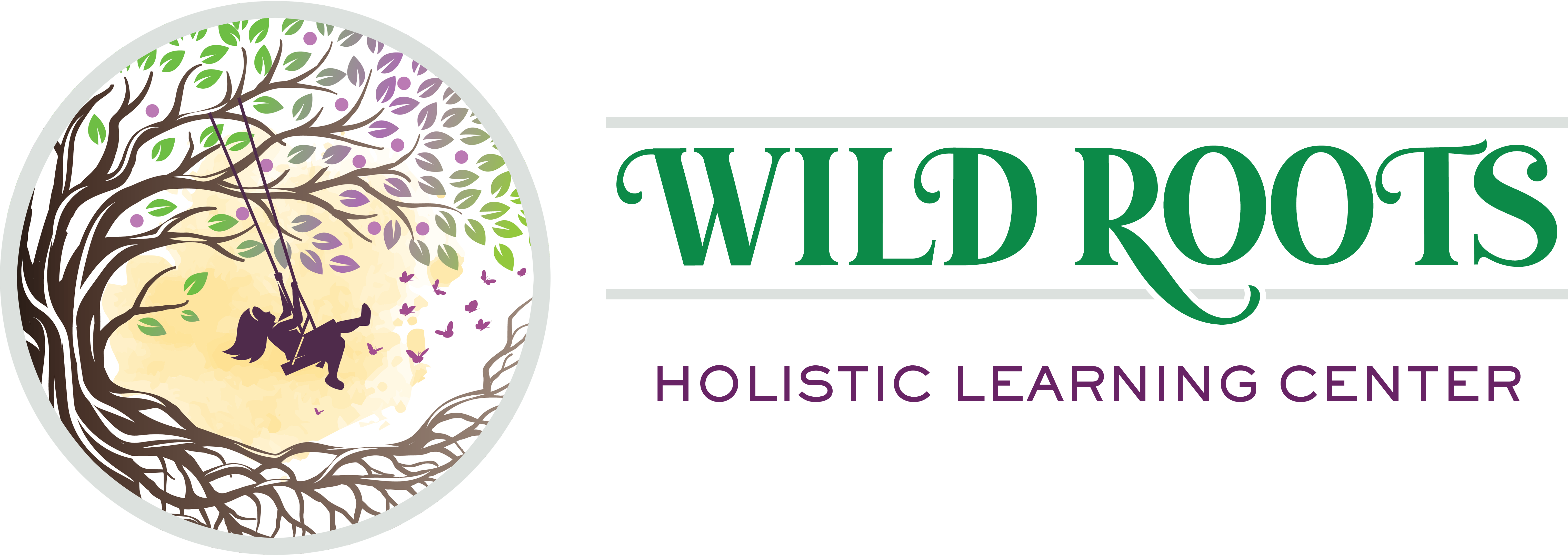


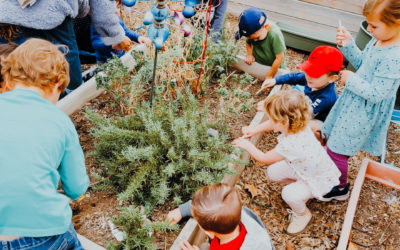
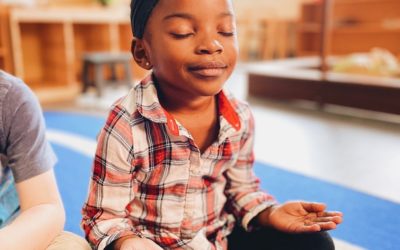
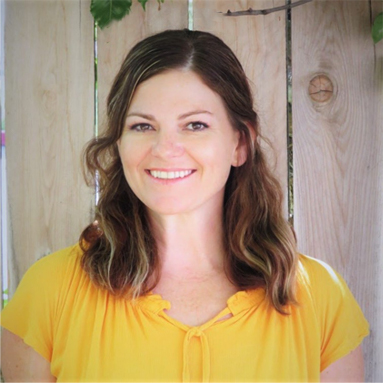
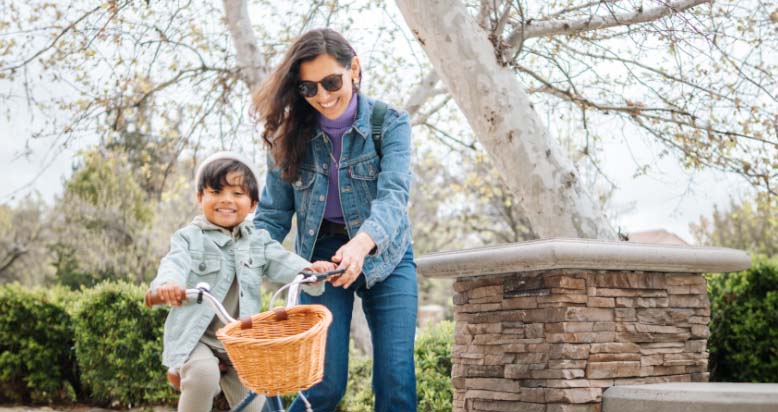
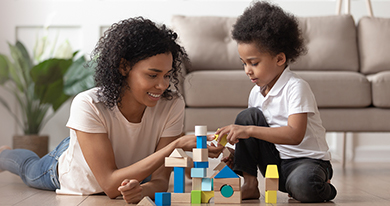
0 Comments